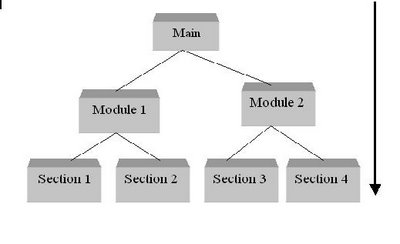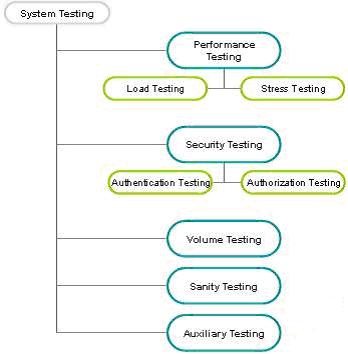Levels of Testing
Posted On 05 December, 2008 at 1:27 PM by Rajeev Prabhakaran1. Unit Testing
Unit testing is a procedure used to validate that a particular module of source code is working properly. The procedure is to write test cases for all functions and methods so that whenever a change causes a regression, it can be quickly identified and fixed
Benefits
The goal of unit testing is to isolate each part of the program and show that the individual parts are correct. Unit testing provides a strict, written contract that the piece of code must satisfy. As a result, it affords several benefits
a. Facilitates Change
b. Simplifies Integration
c. Documentation
d. Separation of Interface from Implementation
2. Integrated Systems Testing
Integrated System Testing (IST) is a systematic technique for validating the construction of the overall Software structure while at the same time conducting tests to uncover errors associated with interfacing. The objective is to take unit tested modules and test the overall Software structure that has been dictated by design. IST can be done either as Top down integration or Bottom up Integration
3. System Testing
System testing is testing conducted on a complete, integrated system to evaluate the system's compliance with its specified requirements. System testing falls within the scope of Black box testing, and as such, should require no knowledge of the inner design of the code
System testing is actually done to the entire system against the Functional Requirement Specifications (FRS) and/or the System Requirement Specification (SRS). Moreover, the System testing is an investigatory testing phase, where the focus is to have almost a destructive attitude and test not only the design, but also the behavior and even the believed expectations of the customer. It is also intended to test up to and beyond the bounds defined in the software/hardware requirements specifications. Remaining All Testing Models comes under System Testing
4. User Acceptance Testing
User Acceptance Testing (UAT) is performed by Users or on behalf of the users to ensure that the Software functions in accordance with the Business Requirement Document. UAT focuses on the following aspects
- All functional requirements are satisfied
- All performance requirements are achieved
- Other requirements like transportability, compatibility, error recovery etc. are satisfied
- Acceptance criteria specified by the user is met
Sample Entry and Exit Criteria for User Acceptance Testing
Entry Criteria
- Integration testing sign off was obtained
- Business requirements have been met or renegotiated with the Business Sponsor or representative
- UAT test scripts are ready for execution
- The testing environment is established
- Security requirements have been documented and necessary user access obtained
Exit Criteria
- UAT has been completed and approved by the user community in a transition meeting
- Change control is managing requested modifications and enhancements
- Business sponsor agrees that known defects do not impact a production release—no remaining defects are rated 3, 2, or 1



